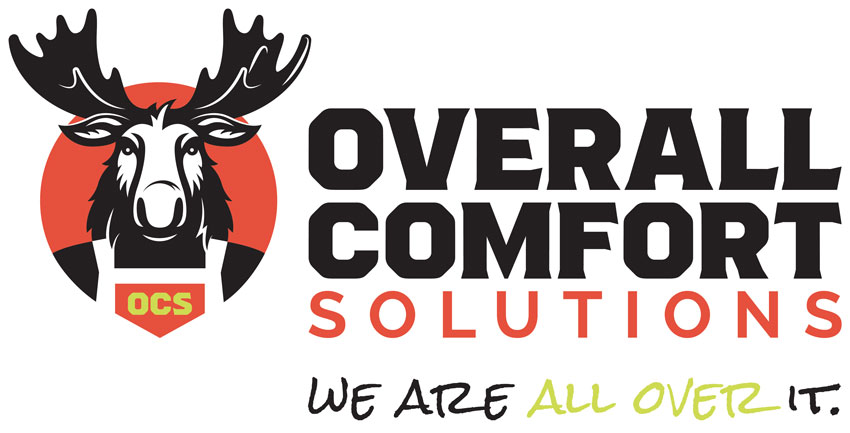Complete Guide to Heat Pumps for Southern Illinois Homes
Heat Pump Installation and Service
Heat pumps revolutionize home comfort by providing both heating and cooling from a single, energy-efficient system perfectly suited to Southern Illinois’s moderate climate. Unlike furnaces that burn fuel to create heat, heat pumps extract thermal energy from outdoor air or ground sources, delivering exceptional efficiency that can reduce heating costs by 30-50% compared to traditional systems. From modern subdivisions in Marion to established neighborhoods in Herrin and Carbondale, Williamson County homeowners discover that heat pump technology offers year-round comfort with environmental benefits and substantial energy savings.
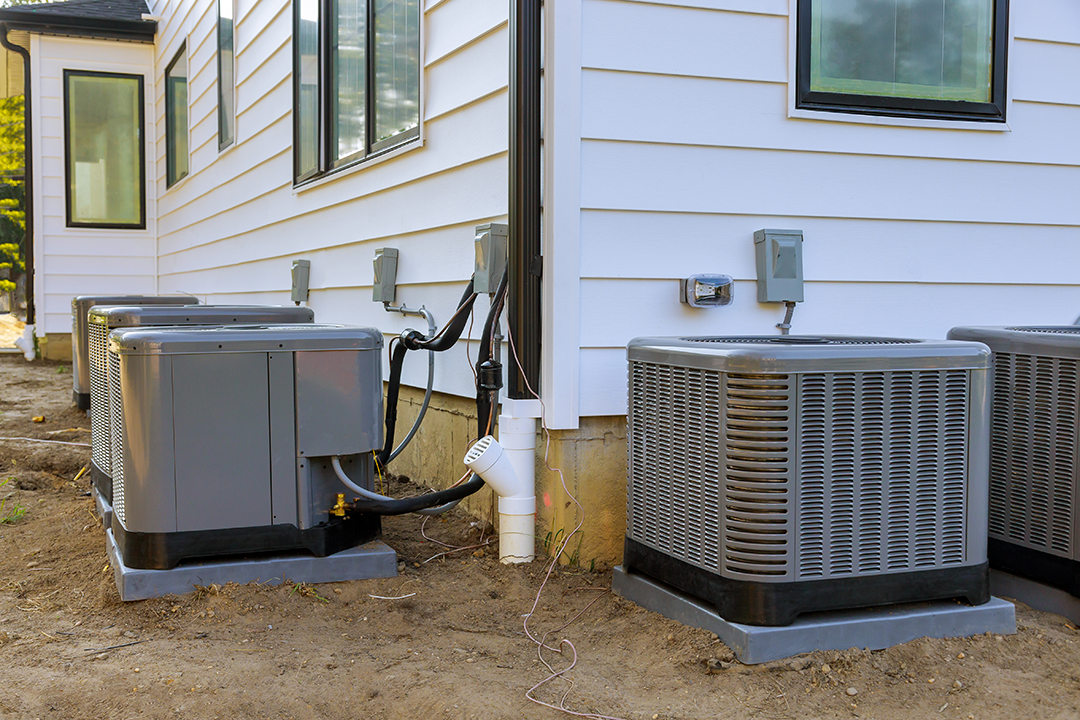
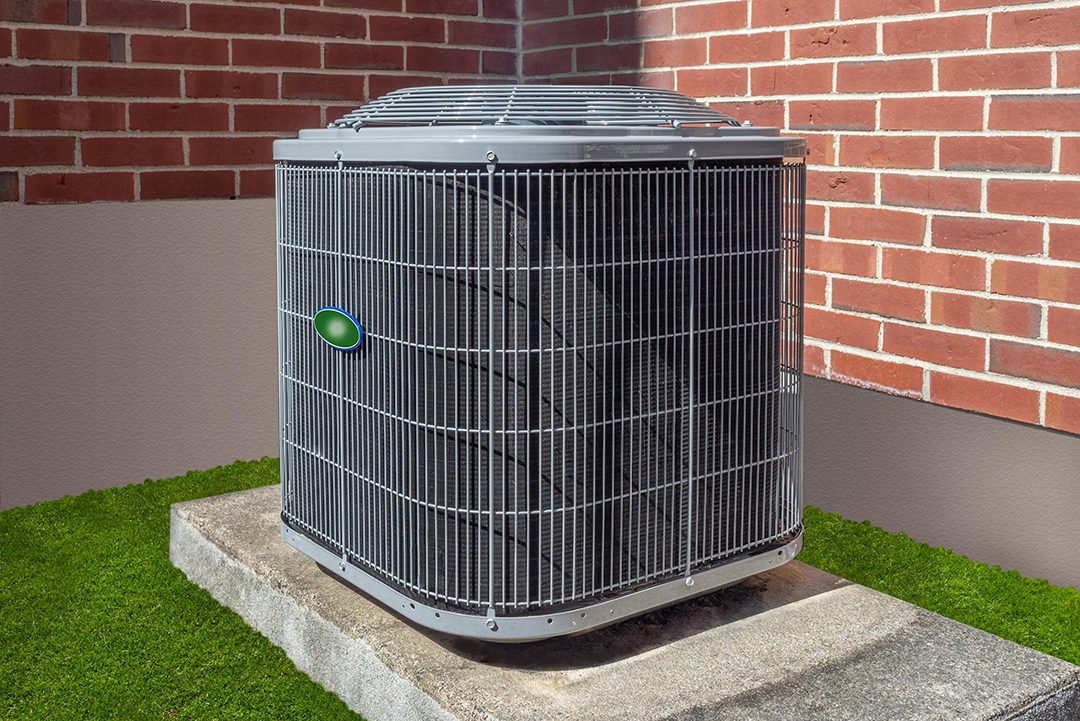
Air-Source Heat Pumps: Versatile Efficiency for Regional Climate
Air-source heat pumps extract heat from outdoor air, even when temperatures drop well below freezing, making them exceptionally well-suited for Southern Illinois’s winter conditions. These systems operate efficiently down to 5°F to -10°F depending on the model, covering the vast majority of our region’s heating season without supplemental heating needs.
Single-stage air-source heat pumps provide reliable heating and cooling at moderate equipment costs, making them attractive for homeowners seeking energy efficiency improvements without premium pricing.
These units work particularly well in ranch-style homes throughout Carterville and Marion, where consistent single-level heating and cooling needs match the system’s straightforward operation patterns.
Two-stage heat pumps deliver enhanced comfort and efficiency by operating at reduced capacity during mild weather, then switching to full output when heating or cooling demands increase. This technology excels in larger homes or properties with varying sun exposure where temperature control challenges benefit from more sophisticated equipment responses to changing conditions.
Variable-speed heat pumps represent the pinnacle of air-source technology, adjusting capacity continuously from 25% to 100% based on precise heating and cooling needs. These premium systems provide exceptional comfort control while achieving the highest efficiency ratings available, making them ideal for custom homes, open-concept designs, or properties where maintaining exact temperatures matters for specialized applications.
Cold-climate heat pumps incorporate advanced refrigerant technology and enhanced defrost controls that maintain efficient operation even during Southern Illinois’s occasional sub-zero weather events. These units eliminate the backup heating needs that traditional heat pumps require, providing reliable heat pump operation throughout our entire heating season.
Geothermal Heat Pumps: Ground-Source Excellence
Geothermal heat pumps utilize stable underground temperatures that remain around 50-55°F year-round in Southern Illinois, providing exceptional heating and cooling efficiency regardless of outdoor weather conditions. These systems achieve 300-500% efficiency ratings, dramatically outperforming any other heating and cooling technology available.
Horizontal ground loops work well for properties with adequate yard space, typically requiring 1,500-3,000 square feet of area for loop installation depending on home size and soil conditions. Many rural properties throughout Williamson and Jackson counties have sufficient space for horizontal installations that provide outstanding long-term performance and energy savings.
Vertical ground loops require minimal yard space, making geothermal technology practical for smaller lots or properties where landscaping preservation matters. These systems drill 150-400 feet deep depending on heating and cooling requirements, allowing geothermal installation even in established neighborhoods where horizontal loops prove impractical.
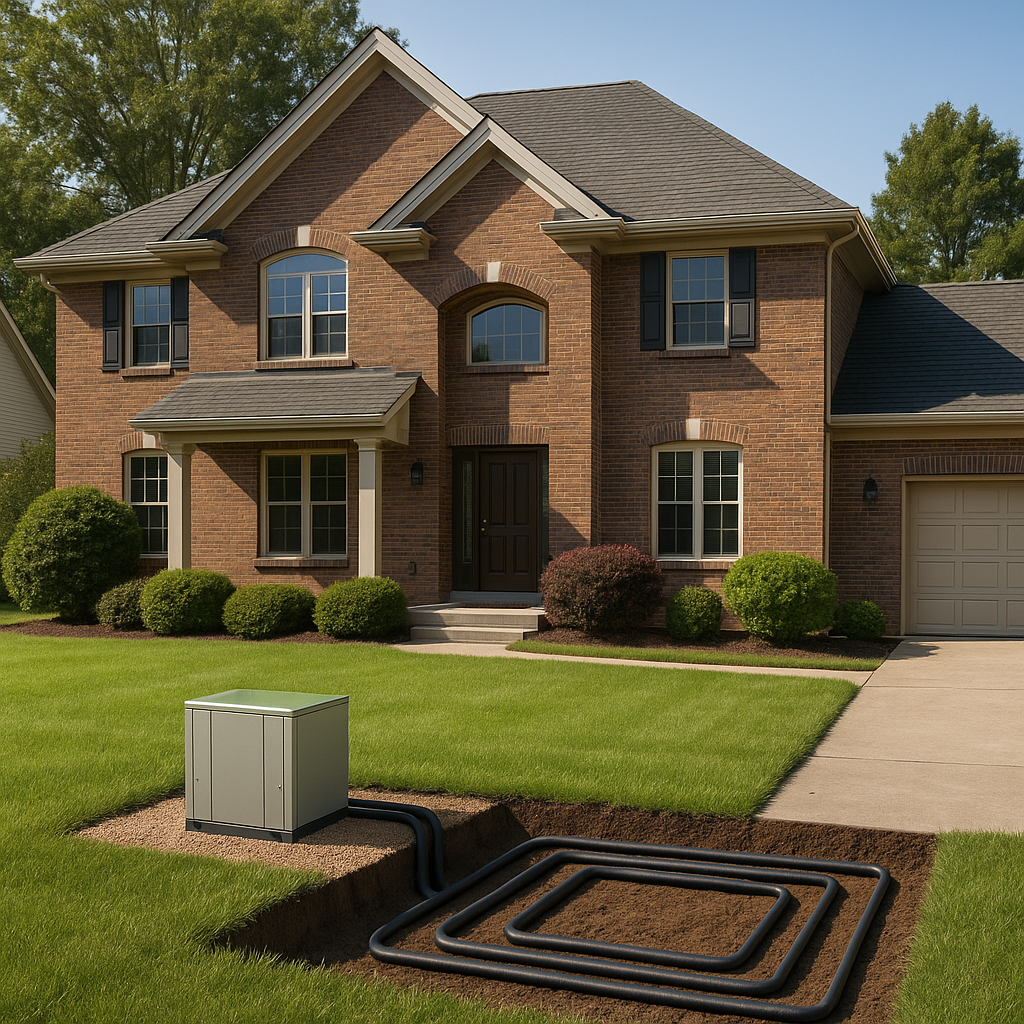
Pond loops utilize existing water features or constructed ponds to provide geothermal heating and cooling with lower installation costs than ground loops. Properties with suitable water access can achieve geothermal benefits while preserving yard space and reducing installation complexity compared to traditional ground loop systems.
Initial investment costs for geothermal systems typically range from $15,000-25,000 installed, though federal tax credits covering 30% of total costs through 2032 significantly improve the financial picture. Operating cost savings of 40-70% compared to traditional systems often provide payback periods of 5-8 years while delivering decades of exceptional performance.
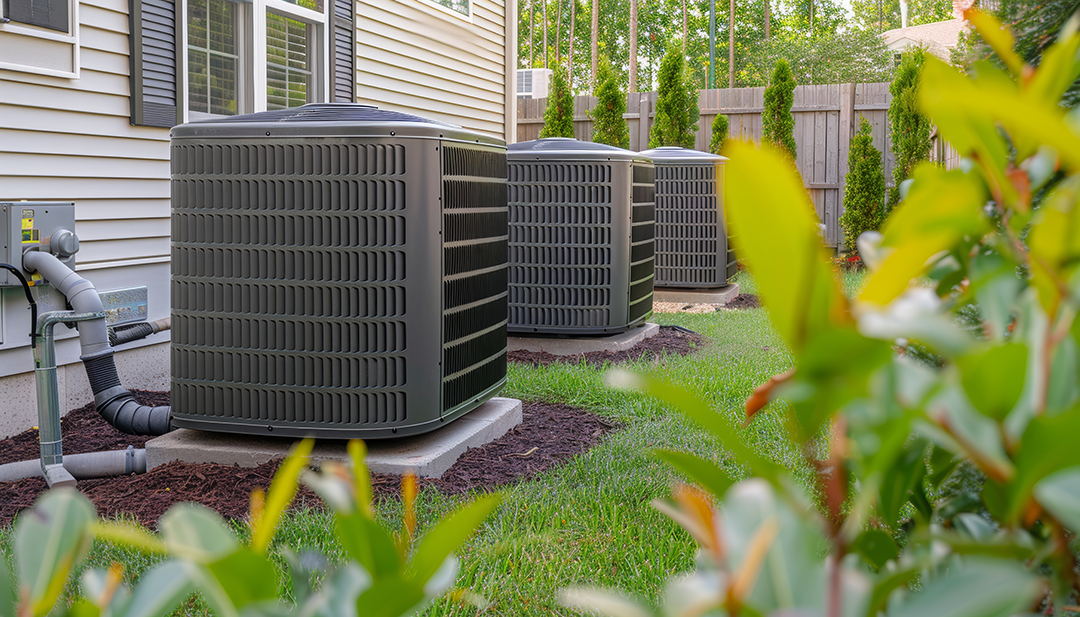
Dual-Fuel Heat Pumps: Optimal Efficiency Strategy
Dual-fuel systems combine heat pump efficiency with gas furnace reliability, automatically switching between electricity and natural gas based on outdoor temperatures and energy costs. This technology provides optimal operating efficiency year-round while ensuring reliable heating during extreme cold weather that occasionally challenges heat pump performance.
Switching temperatures typically occur around 25-35°F in Southern Illinois, allowing heat pumps to handle the majority of heating season efficiently while gas backup provides reliable heating during the coldest weather periods.
Smart controls monitor energy costs and outdoor conditions to determine the most economical heating source moment by moment.
Installation flexibility makes dual-fuel systems attractive for homes with existing gas furnaces and ductwork. Homeowners can add heat pump cooling and moderate-weather heating efficiency without replacing functional furnace equipment, providing immediate comfort improvements and long-term energy savings through phased equipment upgrades.
Energy cost optimization becomes automatic with dual-fuel systems that monitor utility rates and switch between heating sources based on real-time energy prices. This capability particularly benefits homeowners with time-of-use electricity rates or variable gas pricing that affects optimal heating source selection throughout different seasons.
Matching Heat Pump Technology to Southern Illinois Homes
Two-story homes throughout Herrin and Marion benefit significantly from heat pump technology because these systems provide excellent temperature balance between levels without the hot and cold spots common with furnace heating. Heat pumps deliver consistent airflow and temperature control that works naturally with multi-level home designs.
Ranch-style homes built during the 1960s-80s often feature ductwork systems perfectly suited for heat pump retrofits. These single-level designs allow efficient air distribution while taking advantage of heat pump efficiency for both heating and cooling applications that serve the entire home from centralized equipment.
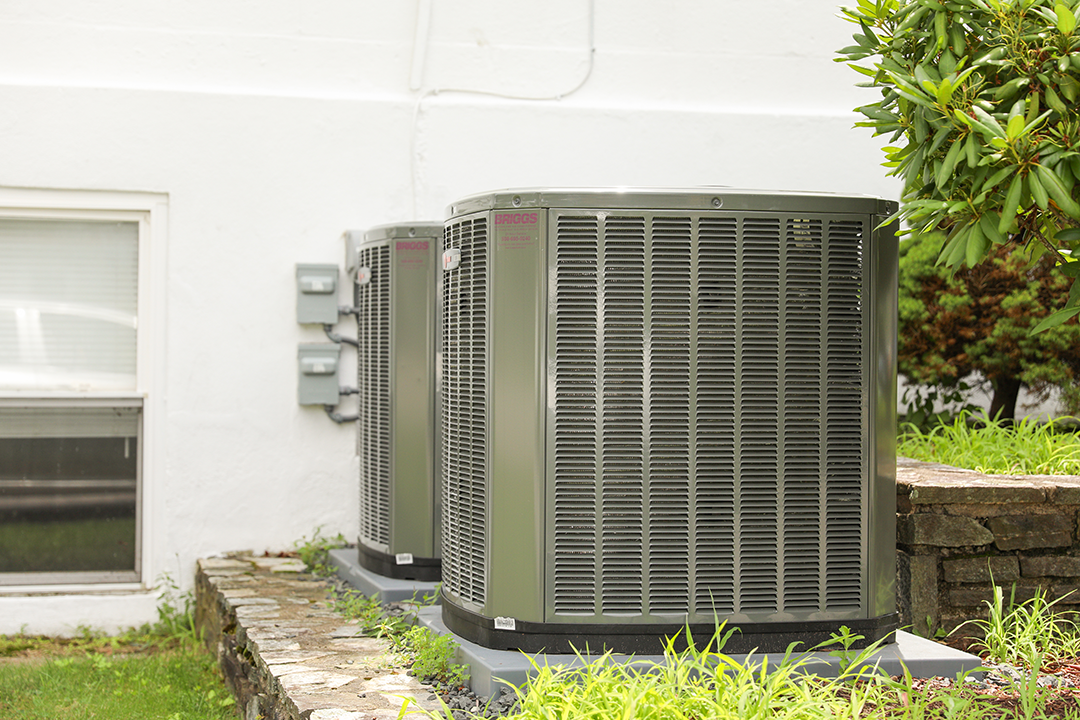
Historic homes in downtown Carbondale can benefit from heat pump technology when existing ductwork adequately supports efficient air distribution. Modern heat pumps operate more quietly than older air conditioning equipment while providing heating efficiency that reduces energy costs in homes where insulation improvements may be limited by architectural preservation requirements.
Open-concept homes popular in newer construction take full advantage of heat pump air distribution that maintains consistent temperatures across large, connected spaces. Variable-speed heat pumps particularly excel in these applications, adjusting airflow and capacity to prevent hot and cold zones while maintaining whisper-quiet operation.
Split-level homes common throughout 1970s subdivisions benefit from zoned heat pump systems that address natural temperature differences between levels. Advanced controls allow different heating and cooling schedules for upper and lower zones, optimizing comfort while reducing energy consumption in unused areas.
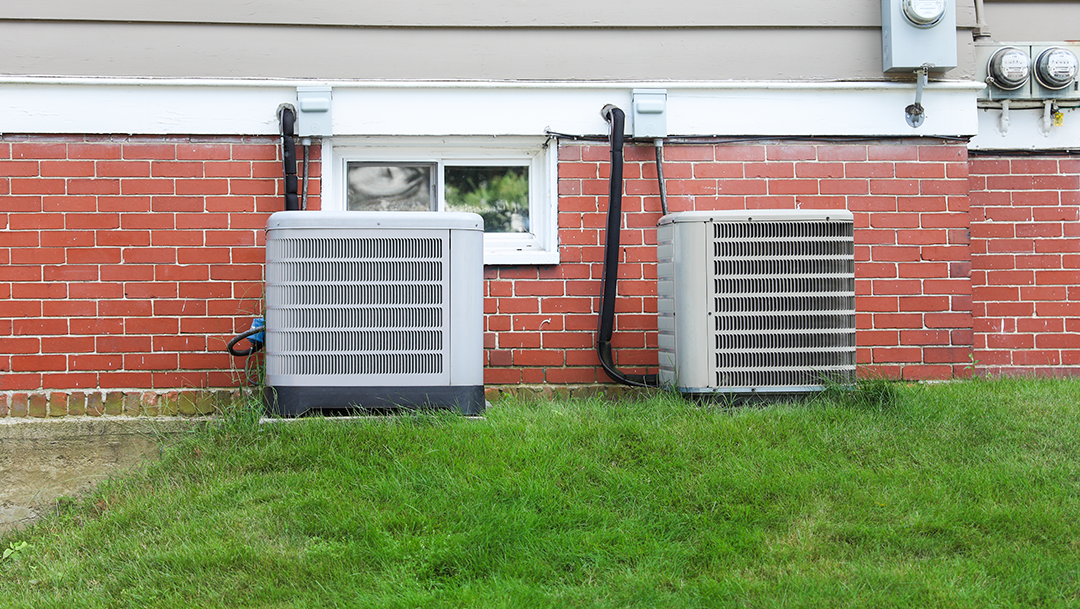
Selecting Your Optimal Heat Pump Solution
Professional load calculations determine proper heat pump sizing that ensures adequate heating and cooling capacity without the oversizing problems that reduce efficiency and comfort. Proper sizing becomes critical for heat pump systems because undersized units struggle during peak conditions while oversized systems cycle frequently and fail to provide adequate dehumidification.
Ductwork evaluation ensures your existing air distribution system can support efficient heat pump operation or identifies modifications needed for optimal performance. Heat pumps require specific airflow rates and duct sizing that differ from furnace applications, making professional assessment essential for successful installations.
Electrical service adequacy must accommodate heat pump power requirements that typically exceed gas furnace electrical loads. Most homes built after 1980 have sufficient electrical capacity, though older properties may need service upgrades to support efficient heat pump operation without electrical system overloading.
Backup heating considerations include determining whether supplemental electric heat strips provide adequate backup or whether dual-fuel systems better serve your specific situation. Southern Illinois’s moderate climate often allows electric backup heating, though natural gas availability may make dual-fuel systems more economical for larger homes.
Professional consultation evaluates your home’s specific characteristics, existing infrastructure, and comfort goals to recommend heat pump technology that provides optimal performance and value. Overall Comfort Solutions analyzes your heating and cooling requirements, energy costs, and equipment preferences to design heat pump solutions that deliver superior comfort and efficiency for Southern Illinois conditions.
Contact us today to discover how modern heat pump technology can provide year-round comfort, exceptional energy efficiency, and environmental benefits tailored to your home’s unique requirements and our region’s moderate climate advantages.
